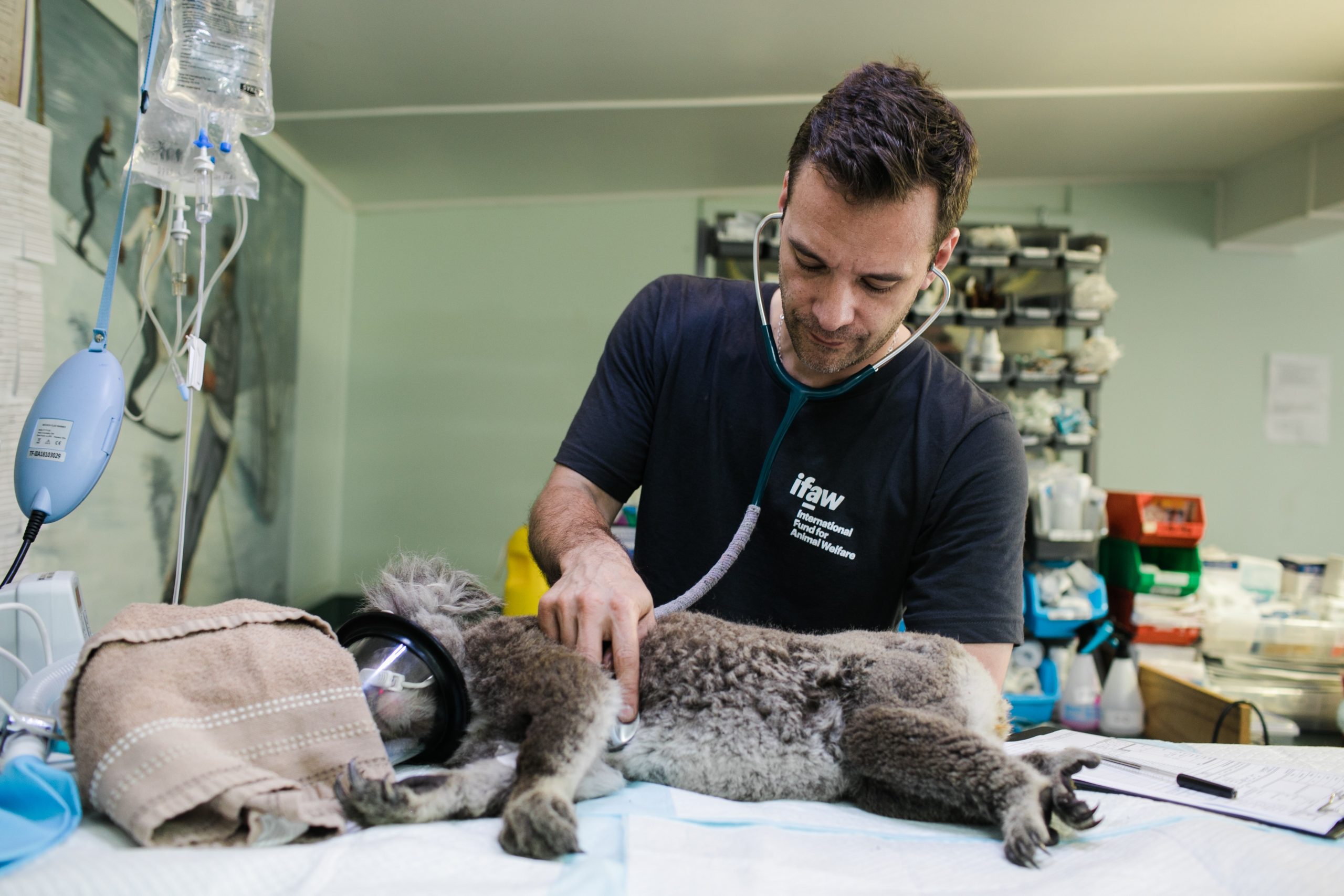Heat stroke might be fatal when a dog overheats and can not cool down by panting. In such a situation, taking the proper actions may save your pet’s life and reduce the risk that it will have extensive damage. Consequently, it’s crucial to take action quickly if your dog exhibits symptoms of a heat stroke. But do you know how to spot the indications of heatstroke in your pet and what to do about it?
What are the signs of canine heat stroke?
Heat stroke is a dangerous clinical health problem that, if left neglected, may result in permanent organ damage and even animal death. Dog owners often do not notice that their canine is experiencing heat stroke until it’s too late. As a result, it’s critical to recognize the heat stroke indications to see if your pet begins to display them. Here are a few typical indications of heatstroke in dogs:
1. Lethargy and Loss of Appetite
Lethargy, a lack of interest in eating, and a general loss of vitality are indications of heatstroke in dogs. These changes in your pet’s behavior should be closely kept track of because they might suggest a severe issue. Your pet may need attention if it appears sluggish and loses its appetite after being previously vivacious and energetic.
Be aware that it may be fatal if heat stroke is not treated right away. As a result, it’s critical to keep an eye out for indications of pain in your pet and take appropriate action. You can check this page to learn some veterinary services that can help monitor your pet’s health.
2. Heavily Panting
Dogs usually pant to regulate their body temperature levels. But if your pet is panting profusely and does not seem to slow down, it might convey that they are experiencing heat stroke. This can show that your pet is failing to regulate its body temperature level.
You should lower their body temperature by providing water or using a moist cloth on their hair. This might aid in cooling down and lowering the severity of heatstroke in your dog. However, taking your dog to an animal facility like the Airport Pet Emergency Clinic is essential, particularly when your pet has been panting a lot for more than a few minutes.
3. Excessive Drooling
Too much drooling in dogs is a sign of heatstroke. Your dog might begin producing too much saliva to cool down since it will pant and have difficulty managing its body temperature. Your dog might be overheated and require a cool place to rest if you see that they drool more frequently than usual.
Furthermore, you must restrict your dog’s time outside throughout the warmest periods of the day and avoid keeping them in direct sunlight for too long. To prevent heat stroke when your pet is outside, make sure they have access to shade and sufficient cool water. It is also an excellent idea to groom your pet frequently and get rid of any excess fur or hair that can trap heat and make them too hot.
4. Difficulty Breathing
Heatstroke might intensify lung inflammation and make breathing difficult for your pet. Move your dog to a cooler place as quickly as you discover they are having trouble breathing, and provide plenty of water. They may breathe more easily, and their body temperature might be lowered. However, you must seek medical assistance if your dog doesn’t respond rapidly to the cooler environment or if their respiratory issues don’t improve. To guarantee that your pet obtains the most excellent care and treatment, you need to take them to a vet hospital.

